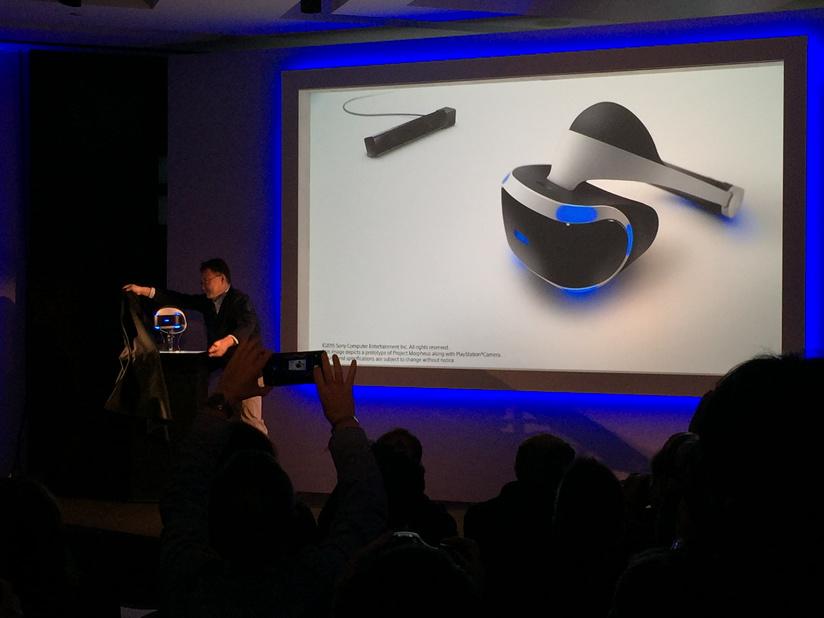As 2014 draws to a close consumer virtual reality (VR) feels closer than ever thanks to the launch of Samsung’s Gear VR smartphone-based head-mounted display (HMD) and teases of a release for the Oculus Rift. Despite this, the industry doesn’t feel much closer to solving the issue of input for VR experiences, creating a definitive standard for control that won’t break immersion. Sony Computer Entertainment (SCE) has its PlayStation Move motion controllers for its Project Morpheus, although the company has recently revealed that it is looking into other areas as well.
The company’s Richard Marks revealed as much in a recent panel at the 2014 PlayStation experience. “If you stop with just the motion, that’s still VR but you don’t have any way to change the world around you,” Marks said. “Maybe you can do something with you head but other than that you feel somewhat limited and especially gamers want to do more than that usually.
“And that’s where I think a lot of the next technologies come in is how you interact with the world. We have some ability to do that now through the DualShock or through the PlayStation Move for example but we want to do even more than we can now. And some of that kinda of force feedback related technology is a really good enhance interaction capability.”
At this point SCE London Studio’s David Ranyard noted that his studio had been looking at interaction just through looking alone. “You can do that with head-tracking and then there are other more sophisticated things with actually eye-tracking. Like I talked about, having an interaction with a character, I mean, if they’re saying to you “Look at me when I’m talking to you,” that’s never happened in a game before.
“I’m not a can of too much gear,” Marks continued. “I want to have an easy in, easy out experience. So our focus has always been on the least amount of wearing of things. Like, controllers are great because you can just set them down when you’re done, right? And that’s a really good thing that we like to try to keep is that easy ability to– low encumbrance is I guess the goal. So we’re looking at force-feedback technologies that are either built into controllers for example or built into very simple to wear things that can come off quickly, not too much like Lawnmower Man.
“There’s also some great research into hand-tracking through camera so you don’t have to wear anything and you can see your hand in VR and that’s very compelling actually,” he concluded.
Will we see any of these concepts come to fruition before the release of Project Morpheus? It’s currently not known when the device itself will launch. VRFocus will continue to follow the device in 2015, reporting back with any further updates on it.



 Das Foto entstammt einem Behind the Scenes Bericht zum Spiel von theverge.com
Das Foto entstammt einem Behind the Scenes Bericht zum Spiel von theverge.com





